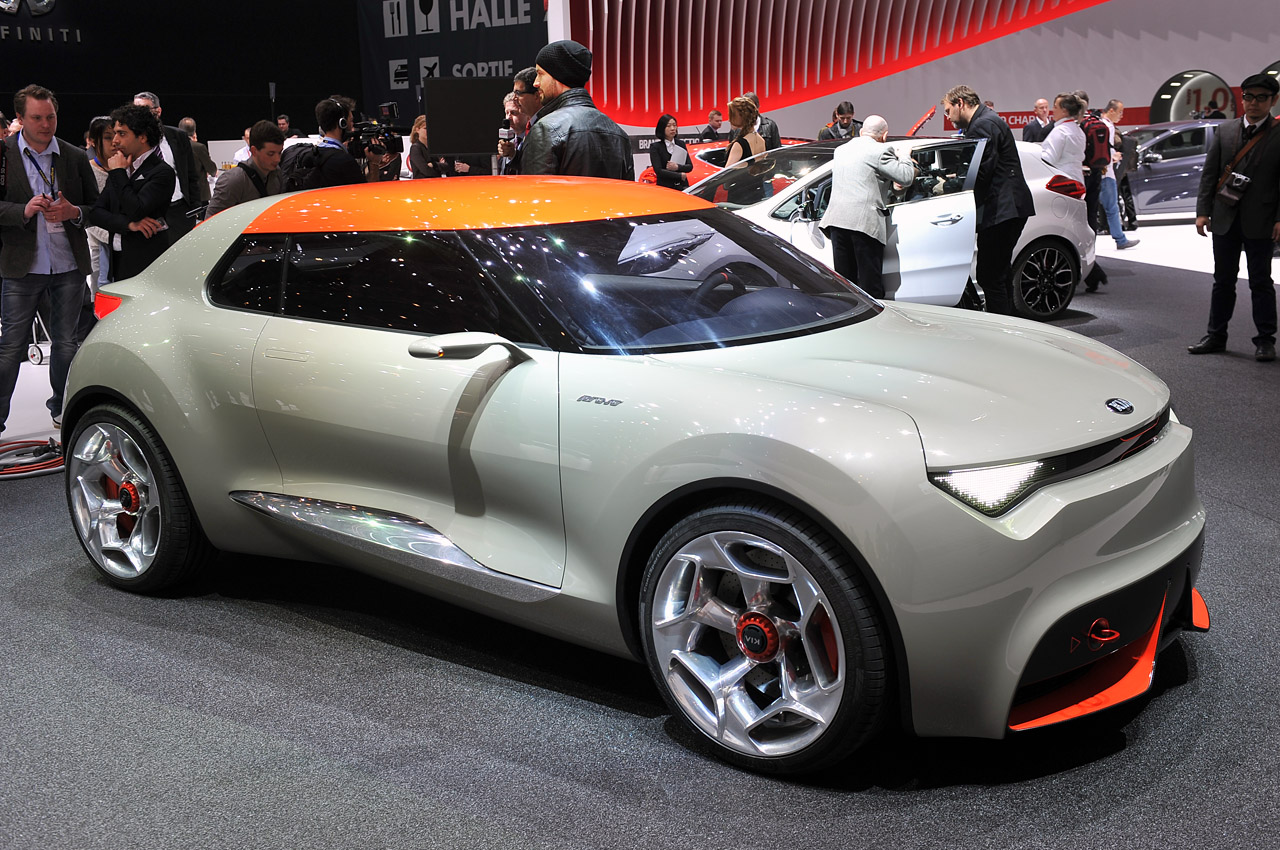2013 Range Rover
2013 Range Rover
New aluminum chassis trims up to 926 lbs. from this luxurious SUV.
If you value your SUVs on a per-pound basis, the 2013 Range Rover could leave you feeling malnourished. That's because the latest version of this iconic British sport-utility has shed hundreds of pounds, thanks to a new aluminum chassis developed with engineering input from Jaguar. Certain versions of the Range Rover are more than 900 lbs. lighter than the previous model – the U.S.-spec version with a naturally aspirated V-8 engine has shed approximately 700 lbs. In total, the new aluminum chassis is 39-percent lighter than the steel body used in the previous generation.
Quicker and More Efficient
These weight savings translate into fewer stops to refuel, though Range Rover has only stated that fuel economy is "improved" and CO2 emissions have been "reduced." Expect firm figures closer to the official on-sale date this December. There is certainly room for improvement, considering the 2012 Range Rover manages only 12/18-mpg in city and highway driving. Ride and handling have also been improved, thanks to a complete reworking of the air suspension. An 8-speed automatic transmission has also been added, replacing the previous model's 6-speed unit.
The new gearbox will come with a choice of V-8 engines in the U.S. but, for the moment, Range Rover has not provided any specific power figures. We know the base engine will remain a 5.0-liter V-8, with output likely to be in the region of 375 bhp (the same as the '12 model year). An optional supercharged V-8 will be optional. Ensuring the Range Rover maintains its off-road credentials is the next generation of Land Rover's Terrain Response system, which analyzes road conditions and automatically tailors vehicle dynamics based on these readings.
Inside, rear passengers now benefit from an additional 4.7 inches of legroom. And if you really want to pamper your occupants, a two-place rear-seating package can be specified for what Range Rover calls "the ultimate in personalized rear-seat luxury." As you'd expect, the cabin is awash in leather surfaces and wood trim. However, one thing that hasn't been dramatically altered is the British SUV's rugged exterior design.
Thankfully, Range Rover opted to maintain the upright lines that have made it an icon for more than four decades. The front grille now has a slight lean to it, and the headlights are noticeably thinner and flow (slightly) backwards. At the rear, the taillights curve upwards and taper into the rear fender character line. "Our design team worked incredibly hard to capture the elegant proportions and pure surfaces which have been a feature of the best Range Rover designs," said Gerry McGovern, Land Rover Design Director and Chief Creative Officer


Comments
Post a Comment